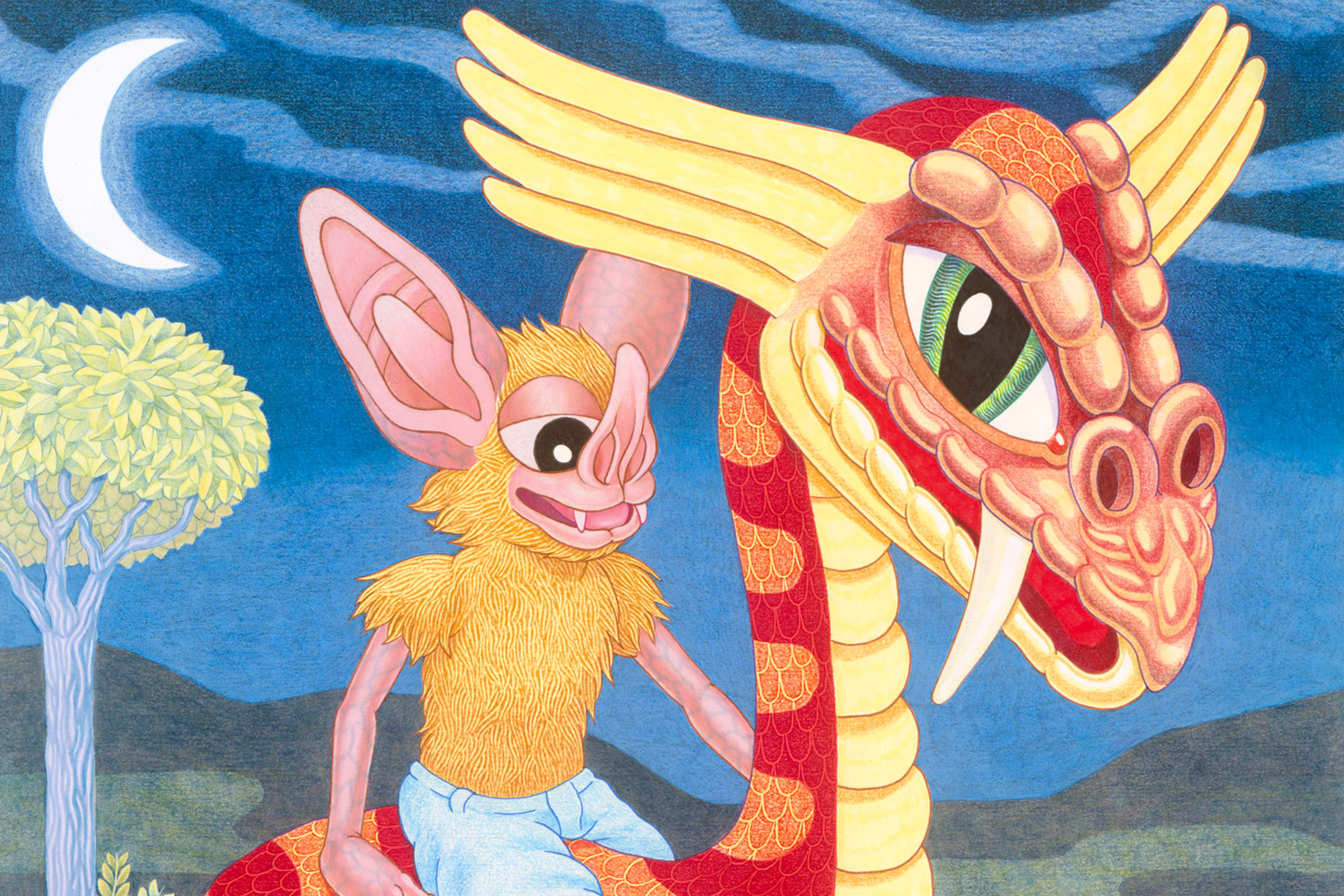Paint a fantasy creature
Paint a fantasy creature using watercolors or acrylics, design unique features, mix colors, and practice basic painting techniques with imagination.



Step-by-step guide to paint a fantasy creature
Fantasy Drawings for Kids | How to Draw a Castle, Unicorn, Fairy, Wizard, and Monster!
Step 1
Pick whether you will use watercolors or acrylic paints.
Step 2
Place your thick paper or small canvas flat on your workspace.
Step 3
Put your paints brushes palette cup of water and paper towel within arm's reach.
Step 4
Lightly sketch a simple shape for your creature’s body with a pencil.
Step 5
Add three unique features to your sketch such as wings horns tails or fancy patterns.
Step 6
Choose three paint colors to start mixing on your palette.
Step 7
Mix a new color on your palette by blending two chosen paints and a tiny bit of water.
Step 8
Paint a light base color over the creature’s body using a large brush.
Step 9
Rinse your brush in the water cup and blot it on the paper towel.
Step 10
Use a smaller brush to paint the creature’s special features like eyes claws and patterns.
Step 11
Add texture by tapping the brush tip for dots or using short strokes for fur or scales.
Step 12
Let your painting dry completely before adding more layers.
Step 13
Add highlights and shadows with a lighter or darker mixed color to make your creature pop.
Step 14
Sign your name on the painting so everyone knows you made it.
Step 15
Share a photo of your finished fantasy creature on DIY.org so others can see your creation.
Final steps
You're almost there! Complete all the steps, bring your creation to life, post it, and conquer the challenge!


Help!?
What can we use instead of acrylic or watercolor paints and a proper artist palette if those are hard to find?
Use washable tempera or poster paints instead of acrylics/watercolors and a clean paper plate or disposable muffin tin as your palette, and substitute heavy cardstock or a cereal-box-backed sheet for thick paper.
My colors look muddy and the small features like eyes and claws are blurring—what should I do?
Rinse your small brush thoroughly in the cup of water and blot it on the paper towel between colors, wait until the base color is completely dry (step 10) before painting eyes, claws, and patterns, and use less water when mixing on the palette.
How can I adapt this creature painting for a 3‑year‑old, a 7‑year‑old, or a 12‑year‑old?
For a 3‑year‑old, pre-sketch the simple body and provide a large brush and washable paints to follow steps 1–8; for a 7‑year‑old, let them add three unique features and try basic color mixing on the palette; and for a 12‑year‑old, encourage finer brushes for details, texture techniques (step 11), and highlights/shadows (step 12).
How can we extend or personalize the finished fantasy creature beyond signing and sharing it on DIY.org?
Add mixed-media extras like tissue-paper wings glued before painting, metallic or glitter paint for highlights, a painted background scene around the creature, then sign (step 13) and photograph it to upload to DIY.org (step 14).
Watch videos on how to paint a fantasy creature
Learn How to Paint "DRAGON DREAM" with Acrylic - Paint & Sip at Home - Step by Step Painting Lesson
Facts about painting for kids
✨ Small creative tweaks—like extra eyes, glowing spots, or unexpected limbs—are quick ways to make a creature feel original.
🎨 Acrylic paint became widely popular with artists in the 1950s because it dries fast and can be cleaned with water when wet.
🐉 Dragons or dragon-like beasts appear in myths across Asia, Europe, and the Americas—many cultures invented them independently.
🌈 Mixing two primary colors creates a secondary color (for example red + blue = purple), and tiny shifts change mood a lot.
🖌️ Watercolor painting builds color with transparent layers called washes, so light often comes from the paper itself.
How do I paint a fantasy creature with my child?
What materials do I need to paint a fantasy creature?
What ages is painting a fantasy creature suitable for?
What are the benefits of painting a fantasy creature for kids?


One subscription, many ways to play and learn.
Only $6.99 after trial. No credit card required



